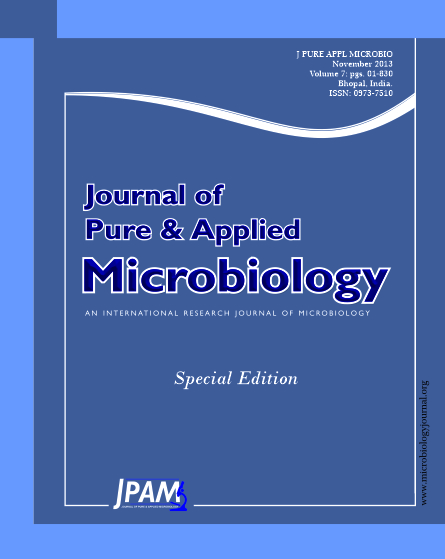Hedyotis diffusa (Oldenlandia diffusa) and H. corymbosa (O. corymbosa), members of the Rubiaceae family, are mainly distributed in Asia. Both species, as medicinal herbs, have been traditionally used for treatment of cancers, viral infections, and hepatitis in some Asian countries. However, only H. diffusa refers to the ingredient of Chinese patent medicine by Chinese Pharmacopoeia. For clear identification, the phylogenetic utility of nuclear ribosomal DNA internal transcribed spacer (ITS) was investigated between different H. diffusa and H. corymbosa populations. The total ITS sequence of H. diffusa was 791 bp, and had been submitted to GenBank on NCBI (accession number: JF837601). The total ITS sequence of H. corymbosa was 785 bp (accession number: JF837603). As length variation caused by different region discriminations and different populations grown in different geographical conditions, there was intraspecific dissimilarity, nothing of interspecific variation. Both species were previously reported to be distinguished clearly using ITS sequence, in this study, we obtained different result: H. corymbosa AY438318 and AY534053 interfused into the H. diffusa group, while H. diffusa AY862575, AY438319, and JF837601 interfused into the H. corymbosa group. This result was suggested to be mainly caused by source authentication, ambiguous region discrimination, and various geographical conditions.
Hedyotis diffusa, Hedyotis corymbosa, Oldenlandia, Molecular identification, nrDNA ITS
© The Author(s) 2013. Open Access. This article is distributed under the terms of the Creative Commons Attribution 4.0 International License which permits unrestricted use, sharing, distribution, and reproduction in any medium, provided you give appropriate credit to the original author(s) and the source, provide a link to the Creative Commons license, and indicate if changes were made.


